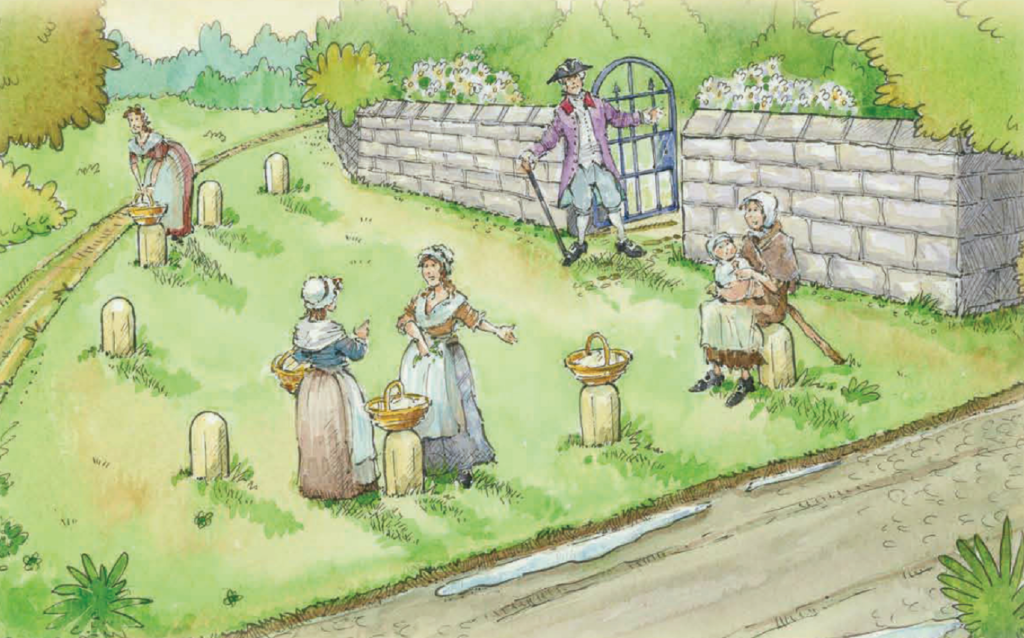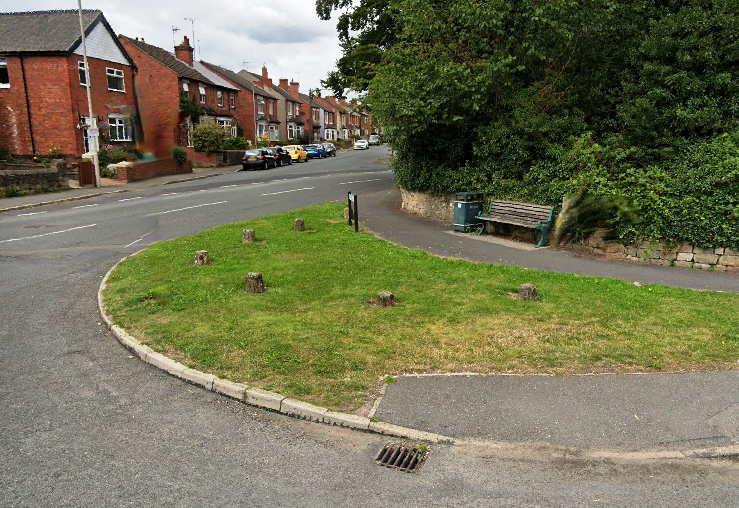History and Heritage

It is widely believed the butterstumps were used by
farmers wives in the 1600s to sell their wares.

The butterstumps are located on the junction of
Mansfield Road and Woodhouse Road.

The Butterstumps
There are no recorded facts regarding the Butterstumps. What we have is folk tales.
Could the stumps have been guards or guides for people, or perhaps ridden horses to enter and exit the property? A safety device? Or were they there to stop coaches parking close up to the entrance and thereby blocking use? The road junction could have been quite different in the past to what we see now. At some point the
entrance(s) were blocked up and the stumps left out on their own. Could they have then been appropriated by our clever women of Woodhouse to sell their goods.
